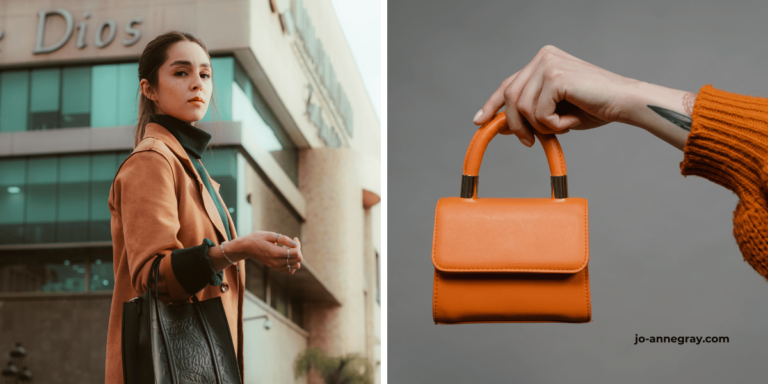Free Tools for Drafting Bag Patterns – Pattern Making Help
Are you eager to get creative and make your own bag patterns? You don’t need fancy software or a big budget to start. There are many free and affordable tools out there. These tools can help turn your bag ideas into reality. Let’s find out which tools are key for pattern making and how to use them well. We’ll dive into the world of pattern-making to help you create top-quality bags without spending a lot. Here are Free Tools for Drafting Bag Patterns.
Key Takeaways
- Sewing and pattern making have become a small side business for many people.
- Free and affordable pattern drafting tools can help you create custom bag designs without expensive software.
- Essential tools include pattern paper, cardboard, notchers, measuring tapes, set squares, and French curves.
- Explore pattern making guides, resources, and tutorials to get started with drafting your own bag patterns.
- Investing in quality tools like paper scissors and grading rulers can streamline the pattern-making process.
Ever wondered how pros make such perfect bags every time? It’s their special set of pattern-making tools and resources.1 These tools, from simple pattern paper to complex rulers, can transform a project. They change a plain bag into something amazing. With all the tools available, where do you start?
Don’t worry, we’re here to help you navigate the pattern drafting world. We want to show you how to get the most out of these tools. Whether you’re new or experienced, you can use these free tools to make bags that are truly yours. Let’s explore the must-have tools for making patterns. Soon, everyone will love the bags you create.
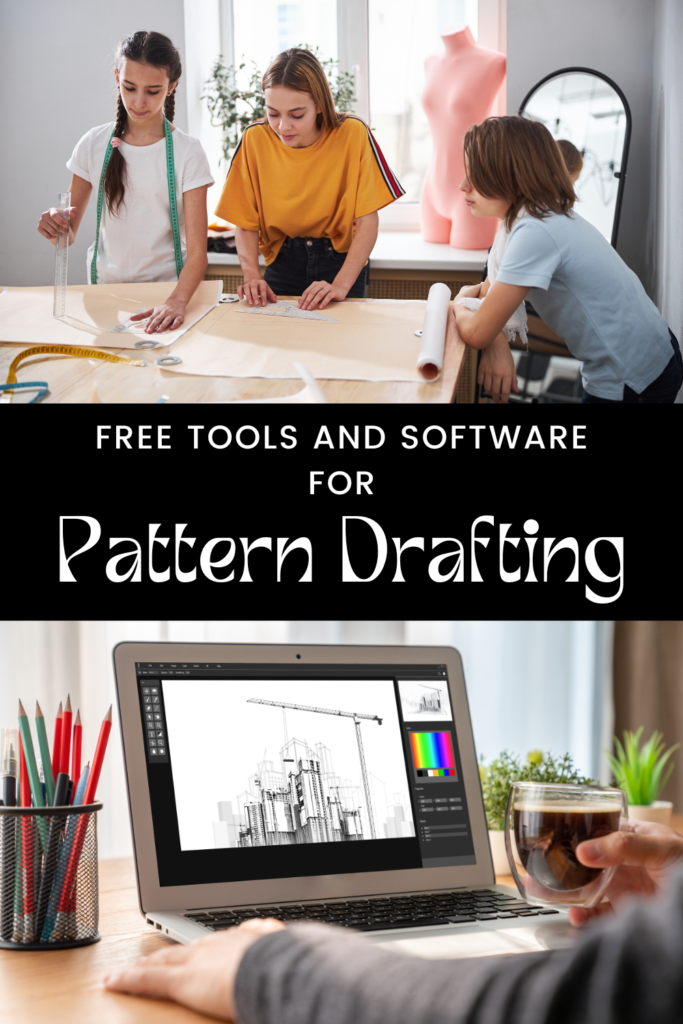
Introduction to Bag Pattern Drafting Tools
Pattern drafting tools are key for making custom bags. They help you measure and draw patterns accurately. This leads to the perfect bag fit and style. It’s common for bag makers to start with manual tools. Then, they might move on to digital tools. The right drafting tools are a big help. They can make the whole process smoother and save time.
The Importance of Pattern Drafting Tools
Creating patterns is vital in bag making. It allows you to get the exact shapes and sizes you need. Bag patterns usually include top, bottom, front, back, and two sides. Essential bag parts are the top, base, front, back, and gussets. Good tools can simplify pattern making. They make it easier to get a professional look.
Overview of Free Tools Available
There are many free and cheap tools for drafting bag patterns. You can use items like pattern paper and rulers. These are great for both manual and digital drafting. They let you design bags without spending lots on software. Exploring different tools is a good idea. You’ll find ones that match your expertise and needs.
Many materials can be used for bags, such as faux leather and fabric.3 Bags can close with zippers, buttons, or other options.3 Sturdy materials like leather and rope are often for handles.3 The right tools help turn your bag ideas into real items. They work with various materials and styles.
Pattern Paper
Pattern paper is key for making bag designs. It’s available in various weights and sizes. You’ll find light tissue paper, medium pattern paper, and heavy kraft paper. This paper lets you perfect your bag shapes before you sew with fancy fabrics.
Types of Pattern Paper
When creating a pattern, you start by drawing on the paper. You then tweak and improve the design. After that, you copy the pieces to another paper. This step includes adding seam allowances. Pattern paper makes it simple to change your designs.
Uses of Pattern Paper
You can buy pattern paper at craft shops, sewing stores, and online. It’s smart for people who sew a lot to get a big roll, like a 50-meter one. It’s good to support local shops instead of only buying from big websites.
Purchasing Pattern Paper
Pattern paper is easy to find, both in physical stores and on the web. Sewists often choose a large roll so they always have enough for their projects. It’s a better idea to buy from local stores. This helps smaller businesses.
Pattern Cardboard for Blocks
Blocks, AKA, slopers, are the basic patterns that tightly fit the body. They are the base for making more complicated cloth styles. Cardboard is a popular choice for making these important block patterns. You can then trace them onto pattern paper and adjust them.
What are Blocks?
Blocks, or slopers, are simple patterns that fit closely. They are the key to making more detailed clothes.
Using Cardboard for Blocks
By cutting out bodice, skirt, pant, and jacket blocks in cardboard, people can easily trace them. This is faster than redrawing these blocks each time. The cardboard patterns are great for starting new bag designs. This makes the whole process quicker.
Pattern Notcher
A pattern notcher is key for pattern drafting and sewing tools in bag design resources. It makes cutting small notches in your patterns easy. These notches help transfer important markings, like dart placements, accurately. This leads to top-notch consistency and preciseness in your bag designing.
Though they’re just small notches, they’re vital for keeping your patterns straight. The pattern notcher guides you with these marks, ensuring your bag design work is right on target. This results in a finished product that truly shows your design skills.
No matter if your patterns are on cardboard or paper, the pattern notcher is a game changer. It saves you time and effort by making your work more accurate. By getting this tool, your bag making projects will reach a whole new level of skill.
Paper Scissors
If you’re serious about making patterns, a great pair of paper scissors is a must. These scissors are tough and can cut through thick materials smoothly. By buying good scissors early, you’ll save time and hassle later on.
Investing in Quality Paper Scissors
For those into sewing or making bags, reliable paper scissors are key. They can easily cut through things like pattern paper and cardboard. With a top-notch pair, cutting is smooth and patterns come out perfect.
Having sharp paper scissors is important for making bags, whether by hand or with a computer. These scissors cut cleanly, ensuring your patterns are accurate. This is vital for making bags that look professional and sharp.
Choose paper scissors made for patterns and sewing. This choice will help you avoid headaches and wasted materials. Good scissors are a smart buy for anyone serious about sewing and bag making.
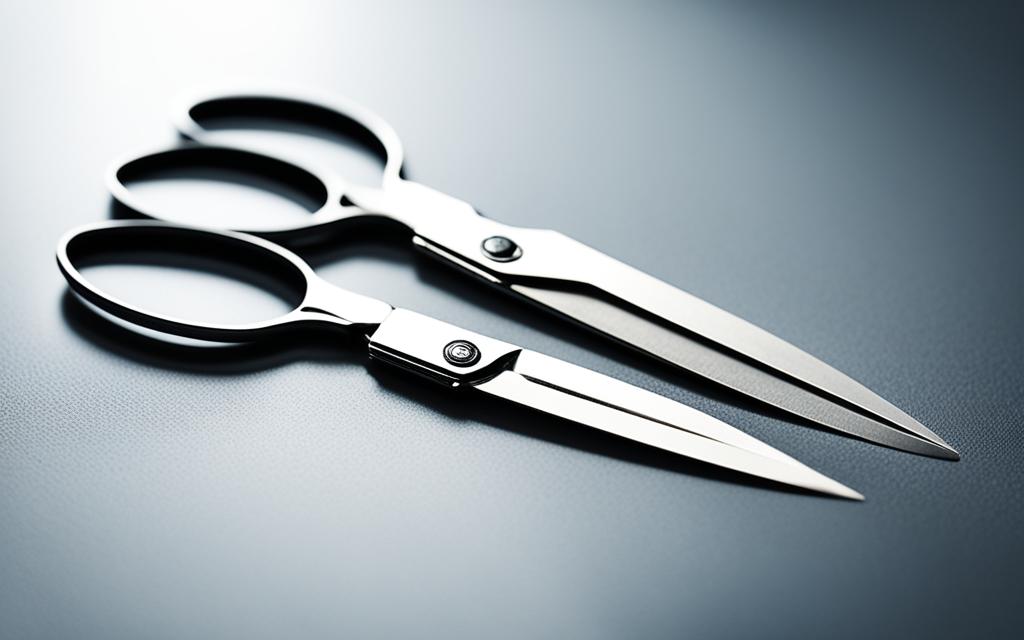
Measuring Tape
A flexible measuring tape is crucial for pattern drafting and sewing tools. It lets you measure long lines on patterns that are hard to do with just a ruler. This tool is especially great for making bag design resources that have curved or odd-shaped lines.
Measuring Long Lines with a Tape
For pattern drafting in bags, a measuring tape is a must. It’s perfect for getting precise measurements on long, curved lines. These are hard to measure with a flat ruler.1 Its flexible design makes it key for the sewing tools used in creating bag design resources.
Set Square
Set squares are known by another name, pattern master rulers. They come in different sizes. The right size depends on what you’re making. For example, bigger ones are great for drawing pants or dress patterns. Smaller ones are perfect for tops. Those who sew usually have several set squares of various sizes. This way, they can create any bag pattern they want.
Sizes of Set Squares
Choosing a set square size depends on what you like. Some people choose larger squares for making patterns. Others like the exactness of smaller ones. Trying out different sizes helps you find what’s best for you. This is especially true for making bag patterns.
Personal Preference in Set Squares
Deciding on a set square size is all up to you. It’s about what feels right. Some prefer bigger ones while some like smaller sizes. Mix and match until you find your perfect fit. Especially for making bag patterns.
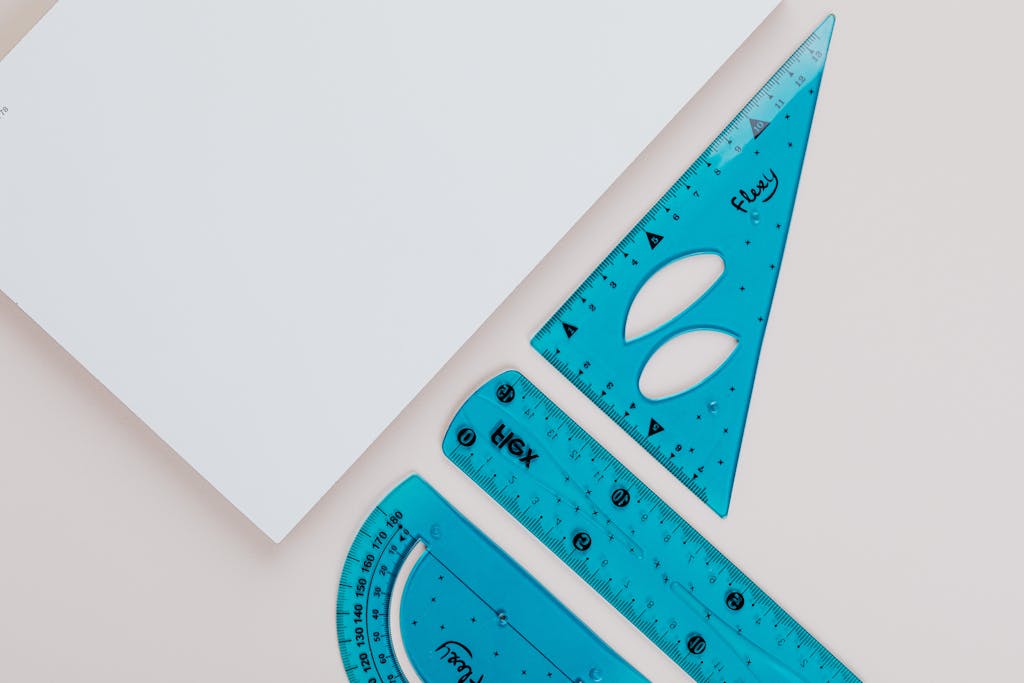
Half Scale Ruler
When you’re trying new techniques or designing bags, a half scale ruler is a great tool. It’s used at half the size, saving paper and fabric. This smaller size is easier to work with and find space for. With half scale patterns, creators can test their ideas fast. This helps to improve designs before making them full size.
Benefits of Using Half Scale
Half scale rulers have marks showing measurements at 50% of full size. This makes drafting patterns that size really easy. They are small and have smaller measurements too. They are very handy for trying out new bag designs.
Half Scale Ruler Features
Using a half scale ruler is a practical choice. It’s especially great for testing new bag designs. This tool is small and easy to use.
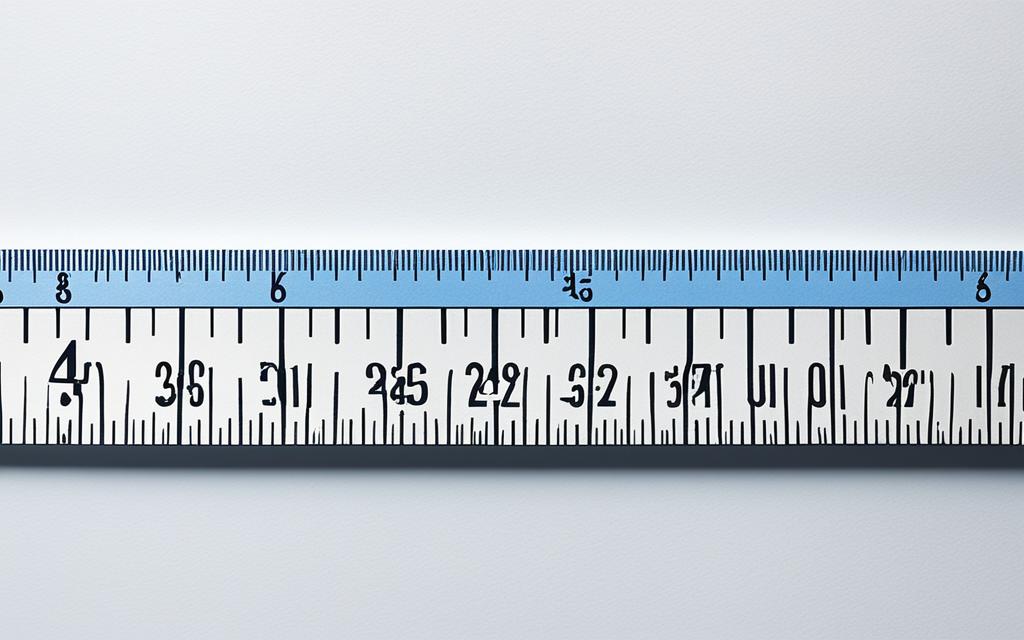
Grading Ruler
Grading turns a single pattern into many sizes. It starts with a base size, like medium. Then, a grading ruler is used to change the measurements. This makes all sizes fit right. The ruler makes sure every piece of the pattern grows or shrinks correctly.
The Process of Grading Patterns
For commercial patterns, the grading process is checked carefully. This check makes sure the style stays true. It’s best not to change the pattern too much in size. Big changes could mess up the original design. Here, the grading ruler is a huge help. It lets designers quickly make all the needed sizes.
Grading rulers are essential for making patterns fit many people. They help whether you’re making bags to sell or clothes for yourself. They are key in creating the right sizes for everyone.
French Curve
French curves are drafting tools for drawing smooth, curved lines on patterns. They’re vital for making the curvy shapes seen on bags, like rounded pockets and flaps. With different curves, pattern makers can make designs exactly as they want.
Drawing Curved Lines
French curves aren’t just for curves – they’re handy for many pattern tasks. Use them to make corners look softer, adjust necklines, and join lines smoothly. Every pattern maker needs a French curve in their kit.
Versatility of French Curves
In pattern making, tools like French curves are a game-changer for creating all kinds of curves. They’re perfect for making armholes, necklines, and shaping sleeves.5 These tools make it easier for designers to craft clothes that fit well and look great.
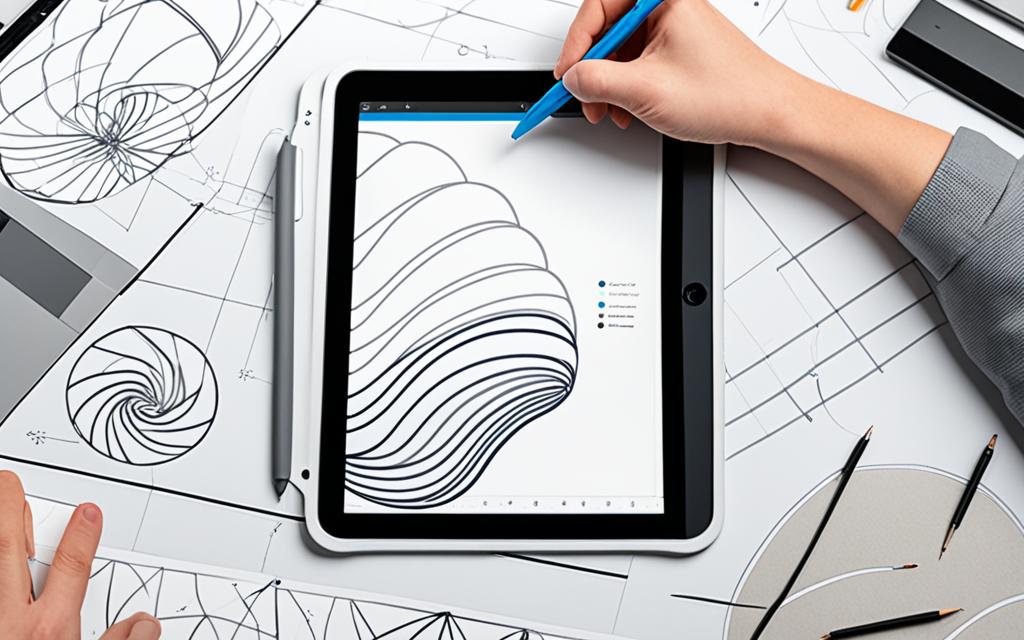
free tools for drafting bag patterns
Tracing Wheel
A tracing wheel helps transfer pattern marks onto new pieces. It’s perfect for copying darts and notches from the original to the final paper. This tool is a time-saver and makes sure your designs are precise.
Basic Drafting Tools
Along with special tools, you need things like pens, erasers, and tape to craft bags. These simple tools are crucial for drawing, marking grainlines, and fixing patterns. They keep your work neat and accurate.
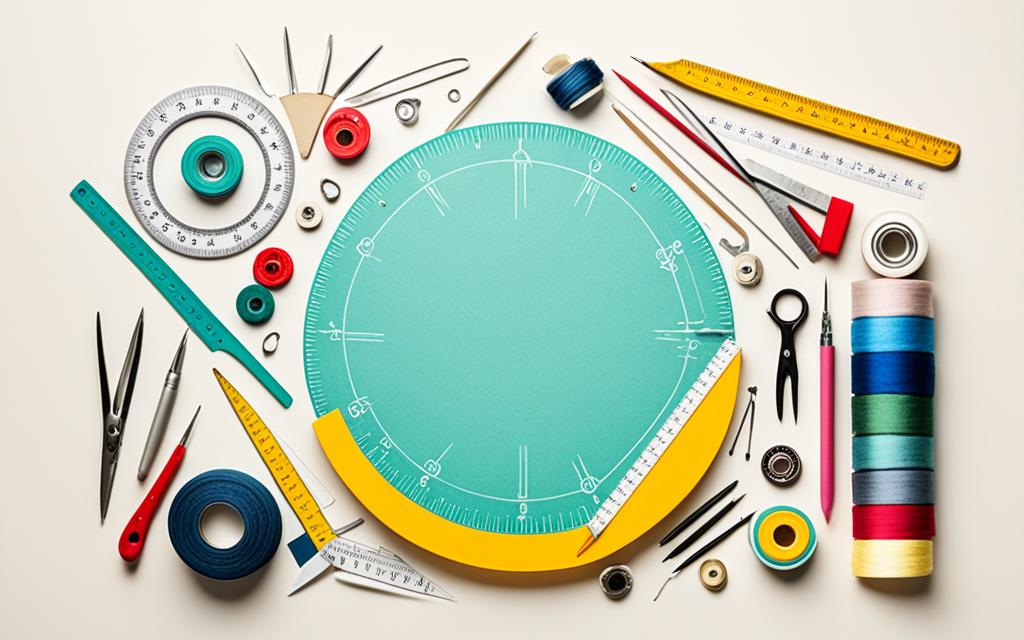
For making patterns, use a grid ruler, set square, and French curve. You also need paper, a tracing wheel, scissors, and various adhesives. These items are must-haves for every pattern maker. When picking a mechanical pencil, go for 0.5mm, and add thicker or thinner leads if needed. You’ll need rulers of different lengths and notchers for marking patterns.
Finding the right tracing wheel is important, based on the material you’re working with. Compasses vary in precision and size, offering options for every design.
Calico for Toiles
Once a bag pattern is done, sewists sew a trial garment, often using calico, a cheap fabric. Calico is good because it’s affordable and acts like the final fabric. It’s a smart choice for toiles, letting designers experiment without worrying about wasting expensive fabric.

Testing Fit with Calico Toiles
This allows them to see if the fit is right and fix it before using the real fashion fabric. Toiles are also good for learning new sewing skills, like how to add zips or linings. Designers often adjust their toiles several times, making about five calico versions of each design. Toiles help solve issues and track the design’s progress in a learning setting.
People differ on using trims in their toiles. Some skip them but use zips and poppers to check their positions. Zips and other items can change how the mock-up fits, affecting the final look. Making multiple toiles is normal. It shows through revisions which parts need fixing, ensuring the design is right.
The calico toile is an essential step in making sure the bag design comes out as planned. Examples highlight how designs progress from sketches to calico tests. They underline the mock-up’s role in bag pattern development.
Conclusion
Pattern drafting tools make custom bag making accessible to everyone who loves sewing. You only need simple things like paper, cardboard, and a few rulers to start. These tools help you create perfect bag designs, either by hand or on a computer. Finding the best tools for you will turn your dreams into real, beautiful bags.
There are many tote bag patterns for all skill levels, with different sizes and features. For example, they can have pockets, zippers, and stylish leather straps. Each pattern comes with clear instructions and may even have videos to help you sew.
Choosing the right tools to draft patterns will make your bag making easy and fun. It doesn’t matter if you’re just starting or if you’ve been sewing for a while. Using these tools means endless chances to create bags that are as unique as you are. Click here to find out more about bag making tools.
FAQ
What are the essential pattern drafting tools for creating custom bag designs?
A: Key tools for making bag patterns include pattern paper and a pattern notcher. Also needed are cardboard blocks and paper scissors. A flexible measuring tape is a must. Set squares, a half scale ruler, and a grading ruler are also essential. Don’t forget a French curve and a tracing wheel. These tools help to measure accurately and draft precise designs.
How can pattern paper be used in the bag-making process?
Pattern paper plays a big role in making bags. First, sewists sketch their design on it. Then, they refine the pattern. After that, they trace the final pattern on a new paper. This is where they add seam allowances. Finally, they use this pattern to cut the bag fabric and sew the bag together.
What is the purpose of using cardboard to create block patterns?
Cardboard helps in the beginning of bag designs. It’s used to make basic block patterns, which are simple bag shapes. These shapes help start the design. They are traced onto pattern paper for the detailed designs.
How can a pattern notcher and paper/cardboard scissors improve the pattern making process?
A pattern notcher makes marking essential spots easy. It cuts small bits out of the pattern. [/] Good paper or cardboard scissors are sharp and make clean cuts. They are a big help when cutting detailed patterns.
What are the benefits of using a half scale ruler for bag pattern making?
Using a half scale ruler saves paper and fabric. It makes working with patterns easier. With half-size patterns, sewists can test and adjust designs quickly.
How do French curves help with shaping bag patterns?
French curves draw smooth curves on patterns. They are great for designing bags with rounded features. Things like curved pockets and flaps are made accurately with French curves.
What is the purpose of sewing a calico toile or muslin before cutting into final fabric?
Sewing a test garment lets sewists check the fit before using the final fabric. They can make changes as needed. This ensures the final bag is just right.
Source Links
- https://www.sewingpatternsbymasin.com/journal/my-pattern-making-tools
- https://bagntell.wordpress.com/2018/01/10/creating-bag-patterns/
- https://allsewpetite.com/create-your-own-custom-bag-introduction-to-pattern-drafting/
- https://thefoldline.com/2020/11/28/the-sewing-pattern-tutorials-13-sewing-pattern-blocks/
- https://metrorulers.com/how-to-use-curved-rulers/
- https://allsewpetite.com/tools-of-the-trade-a-guide-to-essential-pattern-drafting-tools-for-bag-designers/
- https://www.williamgee.co.uk/the-importance-of-a-calico-toile/
- https://threadsmonthly.com/tote-bag-sewing-patterns/

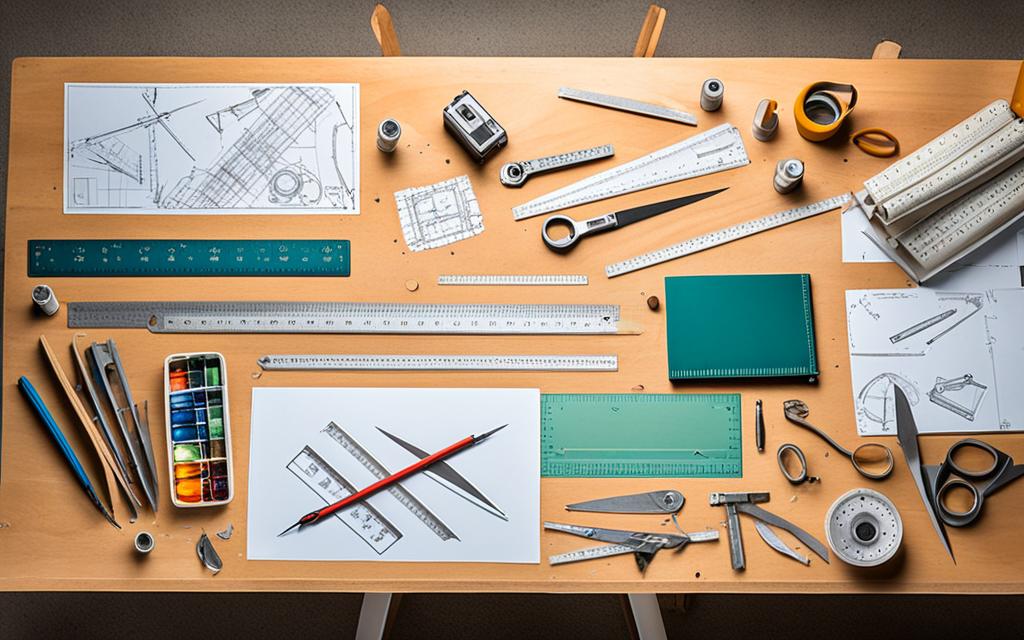
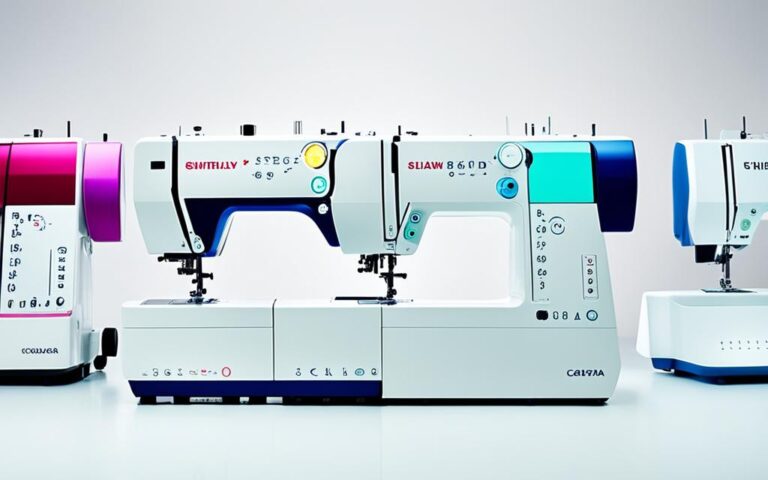
![DIY Handmade Bag Patterns: Easy Tutorials for Beginners [Updated 2024]](https://jo-annegray.com/wp-content/uploads/2024/07/Feature-image-patterns-768x432.png)
